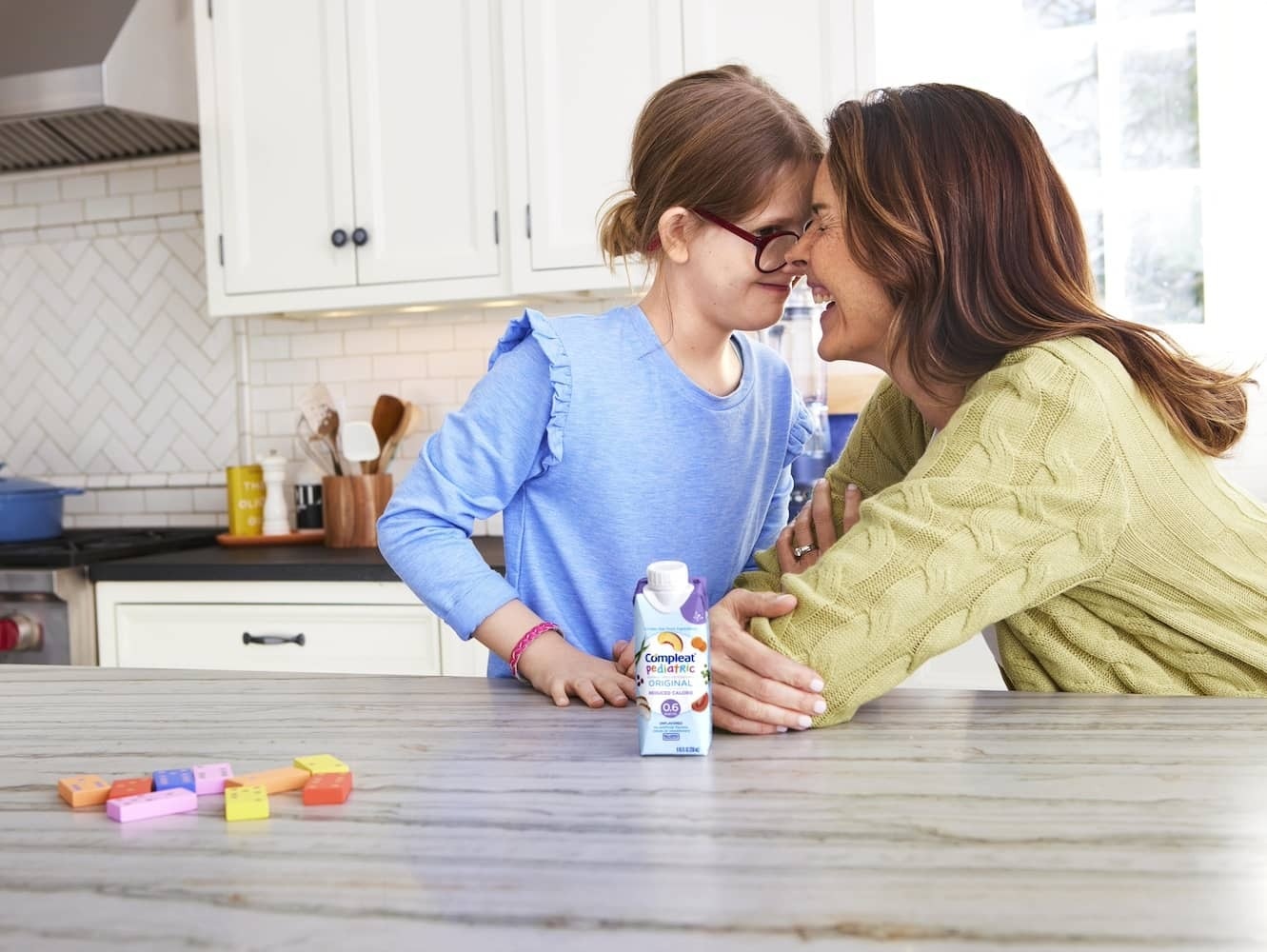If you or a loved one live with Cerebral Palsy, you are not alone. It’s the most common motor disability in childhood, with one in every 345 children in the U.S born with some form of the disorder. And while Cerebral Palsy can come with a range of challenges, living a full, healthy and active life is more than possible with the right support systems around you – and the nourishment you need within.
What is Cerebral Palsy?
Cerebral palsy (CP) refers to a group of neurological disorders affecting the body’s movements, balance and posture. The word ‘cerebral’ means the disorder relates to the brain, and the word ‘palsy’ means muscle weakness or impairment.
There are four types of CP:
- Spastic Cerebral Palsy – This is the most common form of CP, characterized by muscle stiffness that can affect the legs, arms, trunk and face.
- Dyskinetic Cerebral Palsy – Those with dyskinetic CP have uncontrollable movement in their hands, arms, feet and legs.
- Ataxic Cerebral Palsy – People with ataxic CP have problems with balance and coordination, which may make them unsteady when walking or make tasks like writing difficult.
- Mixed Cerebral Palsy – A person has mixed CP when they experience symptoms from more than one of the above CP types.
How Does Cerebral Palsy Impact Eating?
If feeding feels like an everyday struggle, you may be one of the nine in 10 people with CP who report dealing with some sort of feeding or digestive issue. Feeding challenges can put you or your loved one at risk for undernourishment, malnutrition, delayed growth (in infants and children) and digestive difficulties.
Common feeding problems for those with CP include, but aren’t limited to:
- Aspiration (when food or drink ‘goes down the wrong tube’ and enters the lungs)
- Choking (when food or drink blocks the airway)
- Chewing problems
- Swallowing difficulties
- Sucking difficulties
- Delayed stomach emptying (causing premature and excessive fullness)
- Impaired intestinal functioning
- Inflammation or bleeding of the esophagus (the tube that carries food from the mouth to the stomach)
For some, these issues can make eating enough by mouth a challenge, and your doctor may recommend a feeding tube to help you meet some or all of your nutritional needs.
The Benefits of Tube Feeding
Achieving and maintaining optimal nutrition for CP is about more than nutrients and numbers – it’s about nourishing the body with the energy it needs and promoting overall health and well-being. If you’re ready to begin tube feeding, your registered dietitian will work closely with your healthcare team to determine your personalized needs and make sure your tube feeding plan and formula are just right for you.
Everyone is different. Some individuals have higher calorie needs due to frequent uncontrollable movements, while others need fewer calories due to limited mobility. And different types of tube feeding formulas are available to meet your personal preferences or address any potential tube feeding intolerance issues.
If your tube feeding formula causes any of these problems – gagging, retching, reflux, nausea, vomiting, diarrhea or constipation – it may be time to try a formula that is easier on your digestive system.
For some people with Cerebral Palsy, real-food tube feeding formulas are better tolerated. Because they’re a blend of pureed real food, they can offer more fiber, a thicker texture and a more familiar real-food taste, all of which may improve your overall tube feeding experience and help you get the nutrition your body needs. Talk to your dietitian or healthcare provider about choosing the best tube feeding formula for you.
Stay up to date with our Insights!

 Blog
Blog

